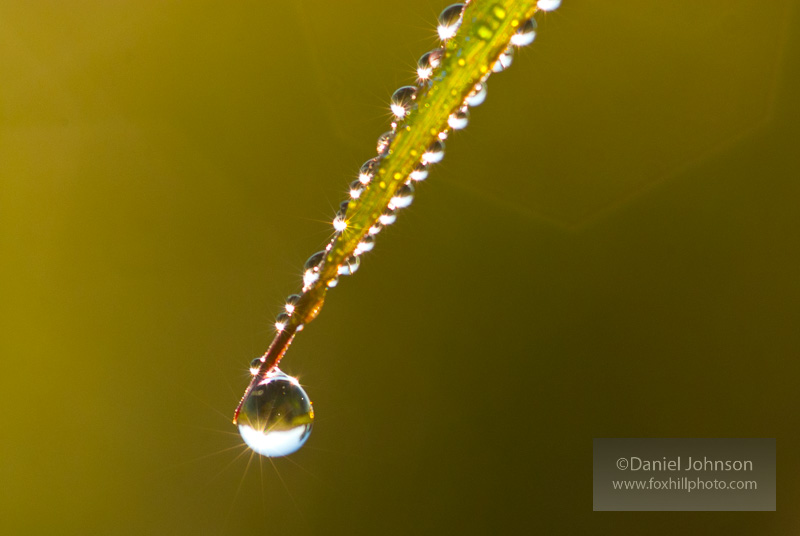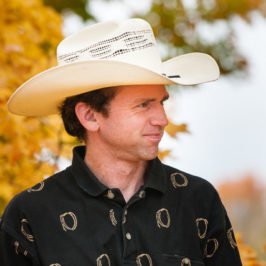If you’re new to photography, you’ve probably bought a couple of lenses for your digital single-lens reflex camera (DSLR). Perhaps a wide angle and maybe a short telephoto zoom. The next lens you need to try? A dedicated macro. Macro work is a lot of fun because you’re able to show everyday objects in a new way and it opens up creative perspectives that you might not have considered. Here are five other reasons why you need a macro lens:
1. It’s the only way to truly get close
Don’t be fooled by unsatisfactory results from that “macro” setting on your phone—a true macro lens mounted on a DSLR is a precision instrument, optically designed to produce sharp, consistent results from close range. Once you’ve experienced the power of a real macro lens, you’ll never go back!

Macro photo of sunflower head
2. Plants and fungi
A macro lens is an excellent tool for shooting flowers, so you’ll definitely want to take your new lens out to the garden, park, or garden center and try it out on some colorful blossoms. But don’t stop there! Take a trip to the lake, woods, or fields to find other plants and mushrooms, and don’t forget to take close-ups of seeds, leaves, bark, and other natural objects you find appealing.
3. Food photography
Wait—a macro lens for photographing food? Absolutely. While you probably won’t be using the macro’s minimum focusing distance for a plate of spaghetti, a lens like a 100mm macro will allow you to move in closer to the food than you can with an ordinary lens, allowing pro-like compositions with a shallow depth-of-field. That 18-55mm kit lens that came bundled with your DSLR might be fine for a straight-down, overhead view of the plate, but a macro is a key component of your food photography gear.
4. Abstract work
A funny thing happens when you focus extremely close on the world: the most insignificant object may become a work of abstract art. Between the inherent shallow depth-of-field and the interesting textures that become visible at close range, macro lenses offer you the chance to experiment with shapes, colors, and composition. That box of colored chalk may just become something quite interesting.

Dew drops on grass
5. Miniature portraits
Step outside with your macro lens and you’ll discover a magnificent world of tiny creatures just waiting to have their photograph taken. Whether it’s in your own yard, a park, or out in the wilderness, you’ll find no shortage of butterflies, bees, and other fun insects to photograph. Don’t forget about larger animals like frogs, salamanders, and lizards—all of whom will benefit from the close-focusing abilities of your macro lens. With your macro’s shallow depth-of-field, the question becomes: where do you focus? In general, the best bet is to treat a macro portrait just as you would a human portrait, and focus on the eyes.
P.S. You also need a flash
If you don’t already own an external flash (commonly called a “speedlight”), you’ll want to get one for macro work. The idea here isn’t to use the external flash as a main light, rather, the flash is used to supplement the existing ambient light and fill in any shadows. There are also many subjects—flowers, plants, insects, small animals—that benefit from the added highlights provided by a flash.
Still looking for more reasons why you need a macro lens? Check out 50 examples of stunning photography that couldn’t have been created any other way.
Explore Submittable’s range of photography content and opportunities and consider sending us your blog pitch.

